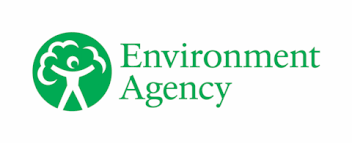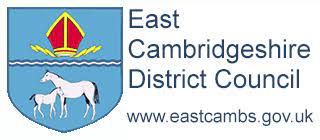Ely Common and the Wildflower Meadow
Ely Common extends along Prickwillow Road from Lisle Lane up to Ely Sailing Club. It has been managed and used as a traditional common for many years, and this was officially recognised in 2012 when after a prolonged legal process led by Ely Wildspace the Common was declared a Town Green. This conferred on the Common the legal protection enjoyed by registered commons.
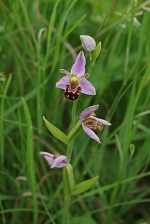 The eastern part of the Common (from Kiln Lane to the Sailing Club) is also a part of the Ely Pits and Meadows Site of Special Scientific Interest (SSSI) established in 2008, which provides protection against detrimental changes to the ecology of the site. These designations are important for the protection against development of part of the eastern Common which is owned by a commercial organisation. The rest of the Common is owned by local charitable trust the Thomas Parsons' Charity, but is held on a 25 year lease by East Cambridgeshire District Council (ECDC), and forms a part of the Ely Country Park.
The eastern part of the Common (from Kiln Lane to the Sailing Club) is also a part of the Ely Pits and Meadows Site of Special Scientific Interest (SSSI) established in 2008, which provides protection against detrimental changes to the ecology of the site. These designations are important for the protection against development of part of the eastern Common which is owned by a commercial organisation. The rest of the Common is owned by local charitable trust the Thomas Parsons' Charity, but is held on a 25 year lease by East Cambridgeshire District Council (ECDC), and forms a part of the Ely Country Park.
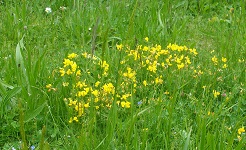
The eastern part of the Common has for many years been rich in wild flowers as a result of the long-term annual mowing for hay. Adder's tongue fern, which is an indicator of ancient meadow, occurs in good numbers, and bee orchids have been present in recent years. The importance of the flora of the Common was recognised in the agreement in 2011 between ECDC, Ely Wildspace and the Wildlife Trust for Bedfordshire, Cambridgeshire and Northamptonshire for the management of the Common held within ECDC's lease.
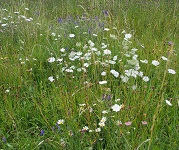
The management agreement resulted in the spraying of strips in the eastern part of the Common with herbicide, followed by the sowing of the resulting bare soil with seed from Chettisham Meadow, a nearby ancient meadow and Wildlife Trust reserve. Mowing of has been restricted to a single cut in late summer, when the arisings are removed so that they do not smother fresh growth and to help to reduce fertility (though the impact on fertility is marginal). Volunteers from Ely Wildspace have also collected seed from the East Common which has been sown in selected areas.
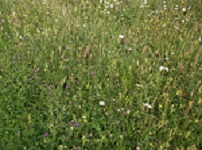
Over the next few summers there has been a visible increase in the occurrence of wild flora in the meadow in the East Common. The increase has been confirmed by the results of the annual flora transect survey carried out by local experts and Ely Wildspace volunteers. On the two transects the species count has increased from 52 in 2012 to 66 in 2016, though the total plant list for the East Common is now greater than 100. In the spring of 2017 there was a profusion of flowering cowslips, and a specimen of green-winged orchid was discovered in flower.
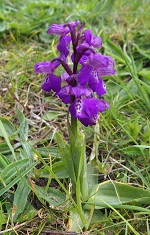
The western part of the Common has less floral diversity than the eastern part. This is likely to be a result of the high fertility of the soil, as confirmed by the analyses of soil samples taken for ECDC in 2010. An explanation of the high soil fertility may be that reputedly, soil washings from the Ely beet factory were placed here to reinstate the Common following the removal of tank traps and other defences after the Second World War. The flora has been dominated by cow parsley and stinging nettles in recent years, and so to reduce this domination and allow recolonization by grasses, the West Common is currently being mown up to once per month. This regime will also serve to maintain the West Common as an open space for the enjoyment of the public.
The co-operation between ECDC, the Wildlife Trust and Ely Wildspace in the management of the Common is continuing. In 2018 this will result in the wildflowermeadow in the East Common being further extended.

